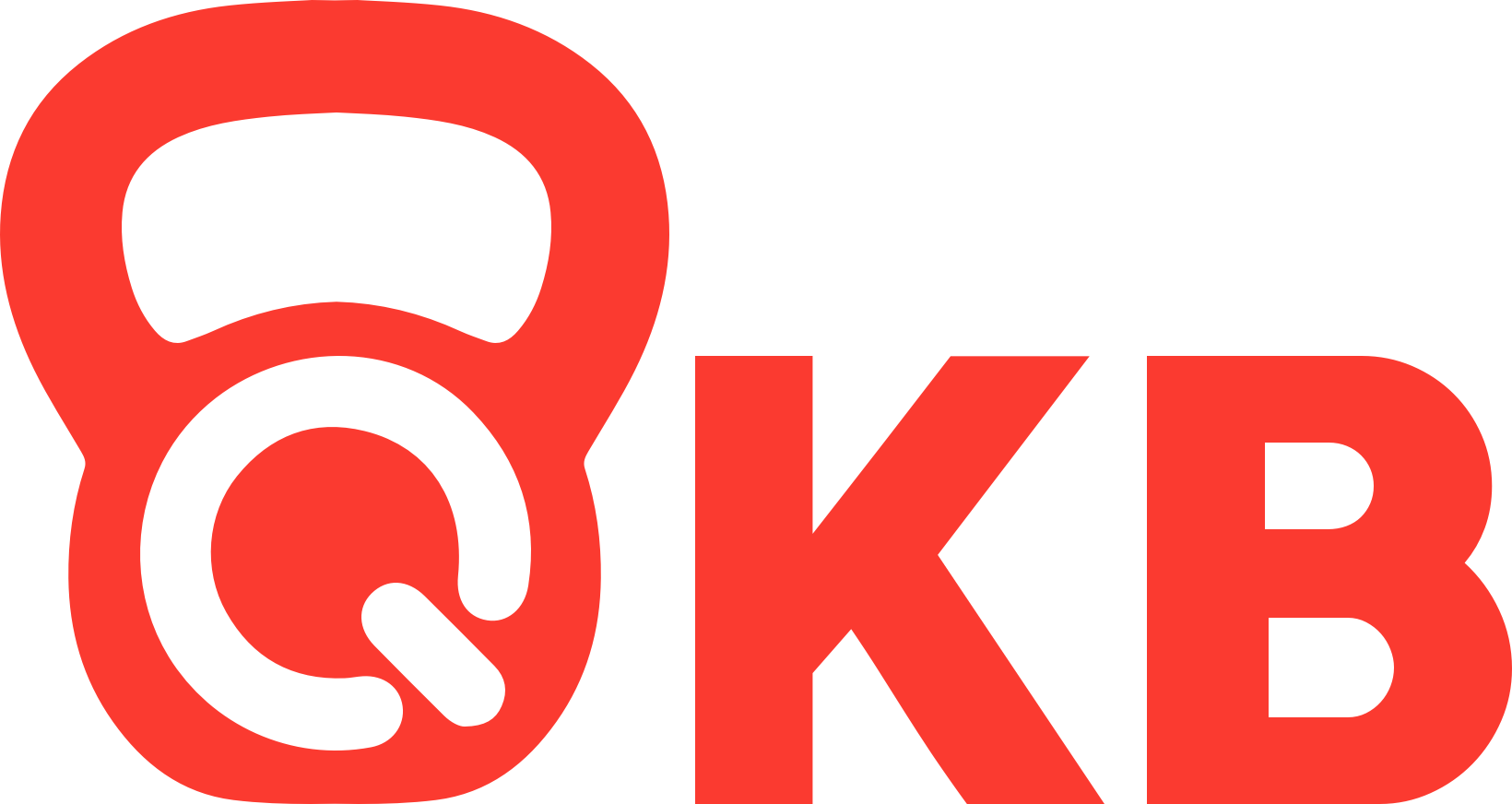Three steps to getting ‘square’ at the bottom of my one-arm kettlebell swing
One common issue I see people struggle with when they perform their one-arm ballistic movements (kettlebell swings, snatches, cleans, etc) with a bit of a twist at the bottom of the movement. They have a beautiful stacked top position with their shoulder packed and in line with their ear, their body forms a fairly straight line, and they produce a reasonably strong swing, but they can get better! This is not an article on something that should create a lot of stress, but it is a quick fix that can result in a safer, tighter, more powerful swing. Powerful kettlebell swings take less effort to hit the beautiful, aforementioned top position.
What does the twist look like?
Simply put, the twist is where the bell shoulder is significantly closer to the ground than the ‘non-bell’ shoulder when you’re in the deepest portion of your hinge. We typically default to this because it is easier and typically creates a more efficient swing - “But Piers! Isn’t our goal to create a super-efficient swing?” I hear you ask. And you are correct, when we do our style of swinging, we want to produce as much power as possible as efficiently as possible. Unfortunately, this particular efficiency hack only ticks one of those boxes, because although it increases efficiency, it craters the amount of force we are generating through our system.
How do I fix this?
I would take a three-step approach:
Get someone’s help to find the bottom position in a static situation. Hinge into a tight bottom position with both hands behind you, and then play with arm position to understand how it feels to be in that ‘square’ position where both of your shoulders are pointing in the same direction. Another image that can be helpful is to imagine you have headlights on your shoulders and you want to aim them towards the floor 45º in front of you.
Practise finding this movement with a ‘chop and pop’ where you hinge back into the bottom position, and ‘pop’ your hinge into a full lockout. I quite like the thought ‘chop and lock’ as well, as I feel like this gives a complimentary understanding of the movement. After you’ve got the feeling with a ‘traditional’ chop and pop, move to a single-arm chop and pop, paying careful attention to maintain your headlights on the same location in front of you.
Finally, practise your swing with low reps and plenty of rest. Be aware, it’s much easier to bring your ‘free’ shoulder down into the ‘headlights’ position and maintain good form, than it is to pull the other shoulder back to match. Usually, on the off chance that you manage to pull the other shoulder back to match, your ‘headlights’ will be pointing too high at the wall in front of you, either because you’ve made your hinge shallow, or because you’ve ‘squatted’ your hinge by allowing too much forward knee flexion.
A couple of things to keep an eye on:
What you do with your ‘off’ hand has a direct impact on your torso. If you let the hand swing back around you, it’s going to make you want to rotate. Some other options might include sending the hand straight back in the direction that someone’s ski poles would go, or straight out to the side. Play around and figure out what works for you, but make sure you’re still minimising the rotation.
If you’ve done a lot of kettlebell swings with a bit of a rotation, it’s going to feel funny doing it square. Setting up a camera to review your movement is worth doing as regularly as you can.
If the overall quality of your swing diminishes when you try and practise this, spend more time on steps one and two so that you don’t have to think so hard about what you’re doing. A helpful intermediate step would be to familiarise yourself with step one and really meditate on what your body feels like, and then alternate between steps two and three with something like a 10:5 ratio between the two steps, respectively.
Once you’ve developed the ability to stay square on your ballistic movements, you’ll notice that you can produce more power with less effort, a huge payoff for a relatively small adjustment. Follow the steps, reap the rewards, and let us know how this changes your kettlebell training! If you are interested in more tips to hone your kettlebell training, contact us today for more information on group classes and personal training.
